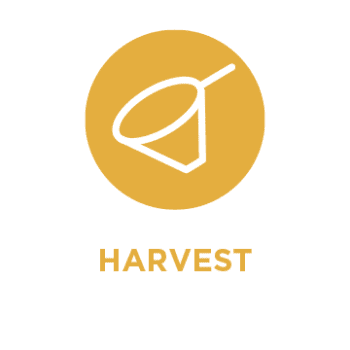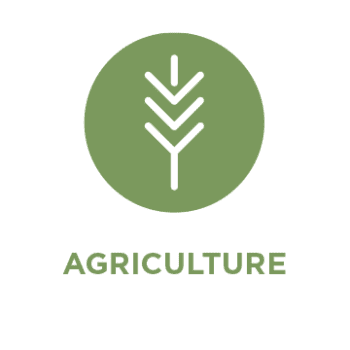The Sacramento River, stretching over 400 miles from its origins in the Klamath Mountains to the Sacramento-San Joaquin Delta, is among California's most vital waterways. Hosting a rich variety of fish such as Chinook salmon, steelhead, and sturgeon, this river also provides vital habitat for over 200 bird species.
The watershed's lower region, starting at Shasta Dam, acts as a pivotal water source, supporting agriculture, industry, and communities throughout the region. However, the lower Sacramento River is facing significant challenges, including habitat loss, pollution, and the impacts of climate change. Despite these obstacles, there are efforts underway to protect and restore the river and its watershed.
Location:
Northern California, encompassing parts of the Central Valley and the Cascade Range.
Size:
Over 27,000 square miles, making it one of the largest watersheds in the state.
Communities served:
14 counties, providing water to more than 2 million people in California.
Key native fish in the watershed:
Chinook salmon, steelhead trout, Delta smelt, green and white sturgeon.
Voices of Lower Sacramento River Watershed
Hear from individuals that work, play, and/or live in the watershed.
Nicole Montna Van Vleck
President & CEO
Montna Farms

“Working with CalTrout, we’re not only helping to boost salmon runs and increasing various species’ populations; we’re also helping to shape the cultural identity of this region.”
He-Lo Ramirez
Director, Office of Environmental Planning and Protection
Mechoopda Tribe

"The lower Sacramento watershed used to be a sprawling wetland, teeming with waterfowl, salmon, and other diverse species. Its waterways would flood, giving life to a thriving ecosystem. The irony is that today's fertile soils of the Sacramento and Central Valley owe their richness to thousands of years of natural flooding."
Arianna Kosel & Alyssa Winkelman
Outdoorswomen & Producers of A River's Reach


“As we rafted down the Sacramento River into the heart of the Central Valley, I expected to see less and less wildlife and yet, we continued to see a good amount of diversity and supporting habitat for different species." - Arianna Kosel
“The communities in the lower Sacramento watershed, especially through the Delta, are incredibly connected to the river. I sort of envisioned that there would be more of a disconnect due to the leveed and engineered systems, so it was an amazing surprise for me then to see how these Central Valley communities are still very passionate about their local river and wanting to protect it. ” - Alyssa Winkelman
Carson Jeffres
Senior Researcher
UC Davis Center for Watershed Sciences

“We can sustain agriculture and cities, while also embracing the understanding that we are invariably a part of the ecological system."
Lee Marshall
Board Member, Battle Creek Watershed Conservancy

“With the region's past volcanic activity, volcanic soil is spread throughout, meaning the groundwater filters slow. This gives rise to year-round cold water at Battle Creek (a major Sacramento River tributary), making it crucial habitat for endangered winter-run Chinook salmon.”
CalTrout in the Lower Sacramento River Watershed
California Trout is working to restore and protect the Lower Sacramento River watershed through key projects. We work collaboratively with local stakeholders and landowners on floodplain restoration projects that improve habitat for native fish, enhance water quality, and reduce flood risk. Our efforts in the watershed also include projects dedicated to improving water quality and restoring habitat for native fish, while also focusing on enhancing riparian habitat and streamflow.
Read more about our Lower Sacramento River watershed projects in the links below.
Get Involved!
Subscribe to CalTrout’s newsletter & action alerts to stay informed on the restoration projects happening in the Lower Sacramento watershed.
Support CalTrout's ongoing and future restoration and conservation projects.
Cover photo by Mike Wier.


















 Dams block access to historical spawning and rearing habitats. Downstream, dams alter the timing, frequency, duration, magnitude, and rate of change of flows decreasing habitat quality and survival.
Dams block access to historical spawning and rearing habitats. Downstream, dams alter the timing, frequency, duration, magnitude, and rate of change of flows decreasing habitat quality and survival.